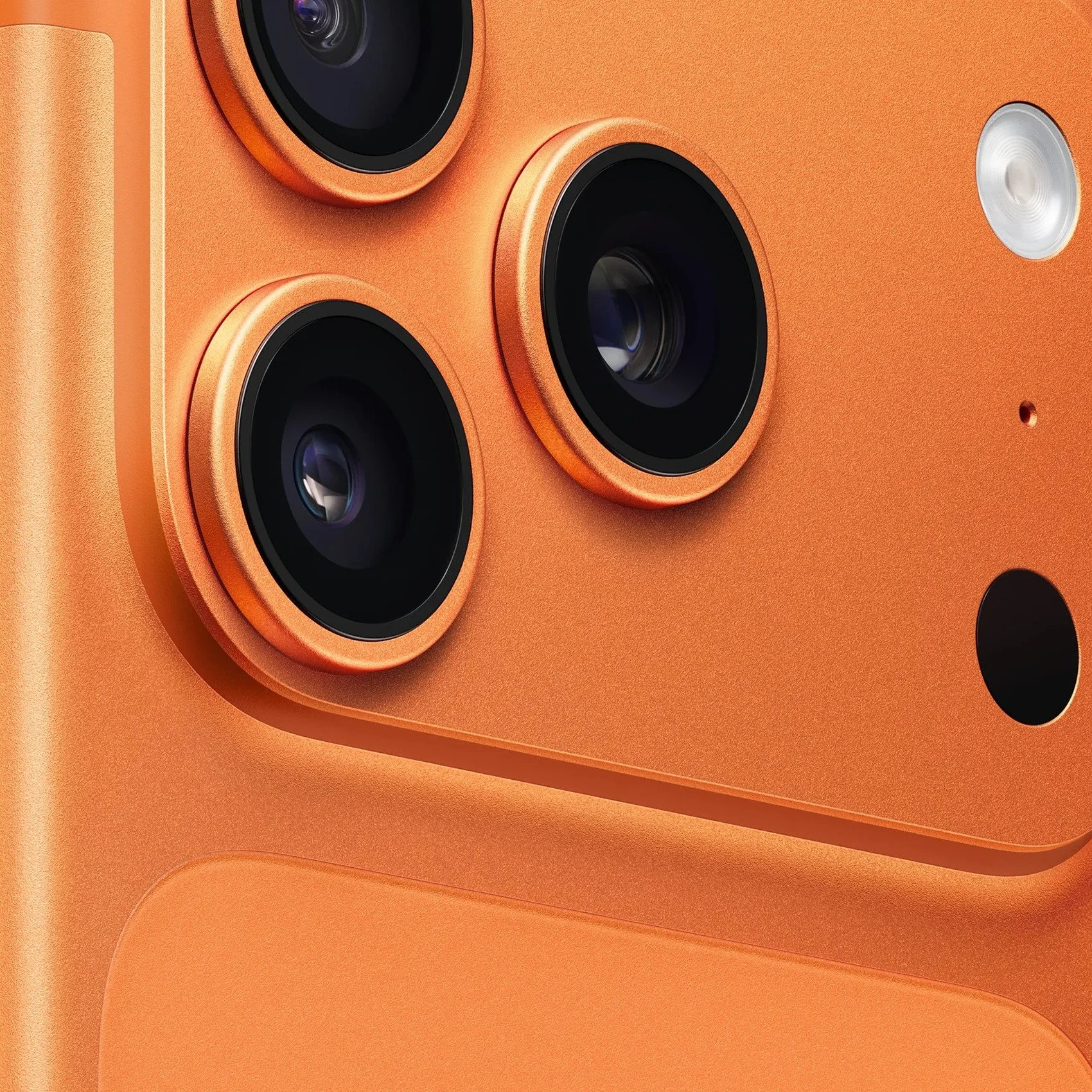What You Should Know about Apple's ProRaw
If you've gotten your hands on Apple's iPhone 12 Pro Max, you know it to be one of the best smartphone cameras ever designed. (We can say that because it's just that good.)
The images the iPhone 12 Pro Max produces are phenomenal. But Apple didn't stop there. With this year's launch of ProRaw in iOS 14.3, they've allowed photographers to further elevate their smartphone images, rivaling any made by a professional DSLR.
What is Apple ProRaw
ProRaw is a new photo format available now on the iPhone 12 Pro and iPhone 12 Pro Max. It is Apple's version of RAW files by combining the flexibility of RAW editing and computational photography. Basically, ProRaw uses Apple's computational photography for deep fusion HDR.
You end up with a great image that still allows for editing in the Apple Photos app. Suppose you find the Photos app too limiting, no worries. ProRaw uses the industry-standard DNG file format. That means you can also shoot and make edits in third-party apps, including Adobe's Lightroom, where you will find a broad array of editing tools.
The most significant benefit of ProRaw is the amount of flexibility you will have when editing. You can shoot an uncompressed image while getting as much information as possible from the sensor to the saved image. That information includes 12-bit color support (instead of 8-bit). That equals an increase from 256 RGB shades to 4,096. That's a huge difference!
What happens to RAW and JPEG files now?
If you're wondering whether you (or anyone else) will still need or want RAW or JPEG, the answer is: yes. Think of ProRaw as a new option or tool in between them. There will always be folks who prefer to use RAW. The difference is that now they have an option that's in between JPEG and RAW. The same thing goes for those who like to use JPEG or HEIF. They, too, will have an option.
The downside to ProRaw
Keep in mind that ProRaw files still need some processing before sharing platforms like social media.
Like other Apple products, few devices support ProRaw. We don't know yet - because Apple hasn't said - whether ProRaw will be available on other Apple products.
This isn't strictly a downside of ProRaw, but something to keep in mind. Just like RAW files, ProRaw files are also huge. They will take up a lot of storage space.
Is Apple ProRaw right for you?
If you're a point, shoot, and share kind of photographer who doesn't want to deal with post-processing edits, ProRaw won't make you happy. Stick with JPEG. ProRaw images require editing, just like RAW files.
You will probably like working with ProRaw if:
you like editing your images
like to get artistic with enhancements
if you want to have full control over your images
like working with Lightroom and other apps
How to Enable ProRAW on your iPhone 12 Pro/Pro Max
Go to Settings
Swipe down and tap Camera
Choose Formats at the top
Toggle on Apple ProRAW
In the Camera app
In the default iPhone Camera app, you'll see the RAW icon in the top right corner.
Tap RAW to enable it for a photo. The diagonal line will disappear when it's enabled.
After taking a picture with ProRAW, the RAW label comes up in the top left corner of the Photos app when looking at your images.
Tap Edit on iPhone to work with the ProRAW image.
To sync ProRAW photos across your devices, you'll need to use iCloud Photos.
As we said, ProRAW images take up a lot of storage. Keep an eye on your storage data.
How to do basic edits
ProRAW photos taken on iPhone 12 Pro and Pro Max can be edited on iPhones and iPads with iOS/iPad OS 14.3
On a Mac, you can edit ProRAW images starting with macOS Big Sur 11.1
For more advanced editing, we suggest Adobe's Lightroom.
















